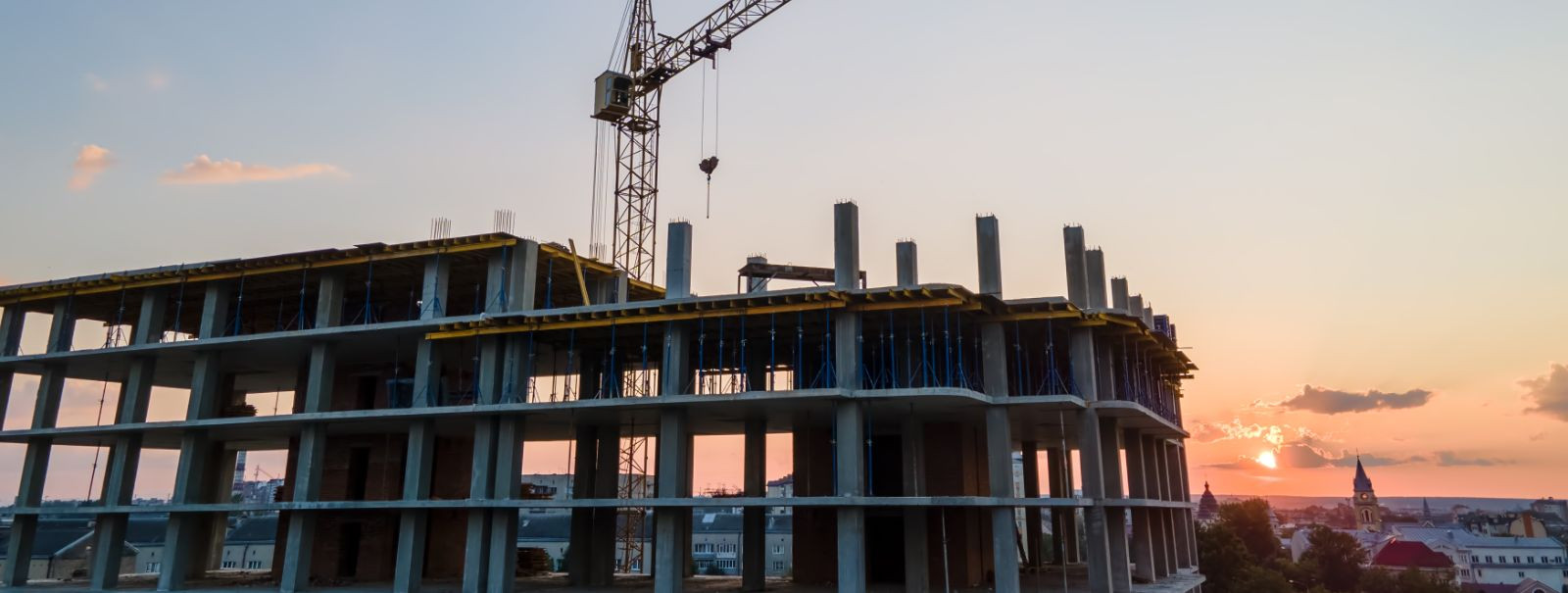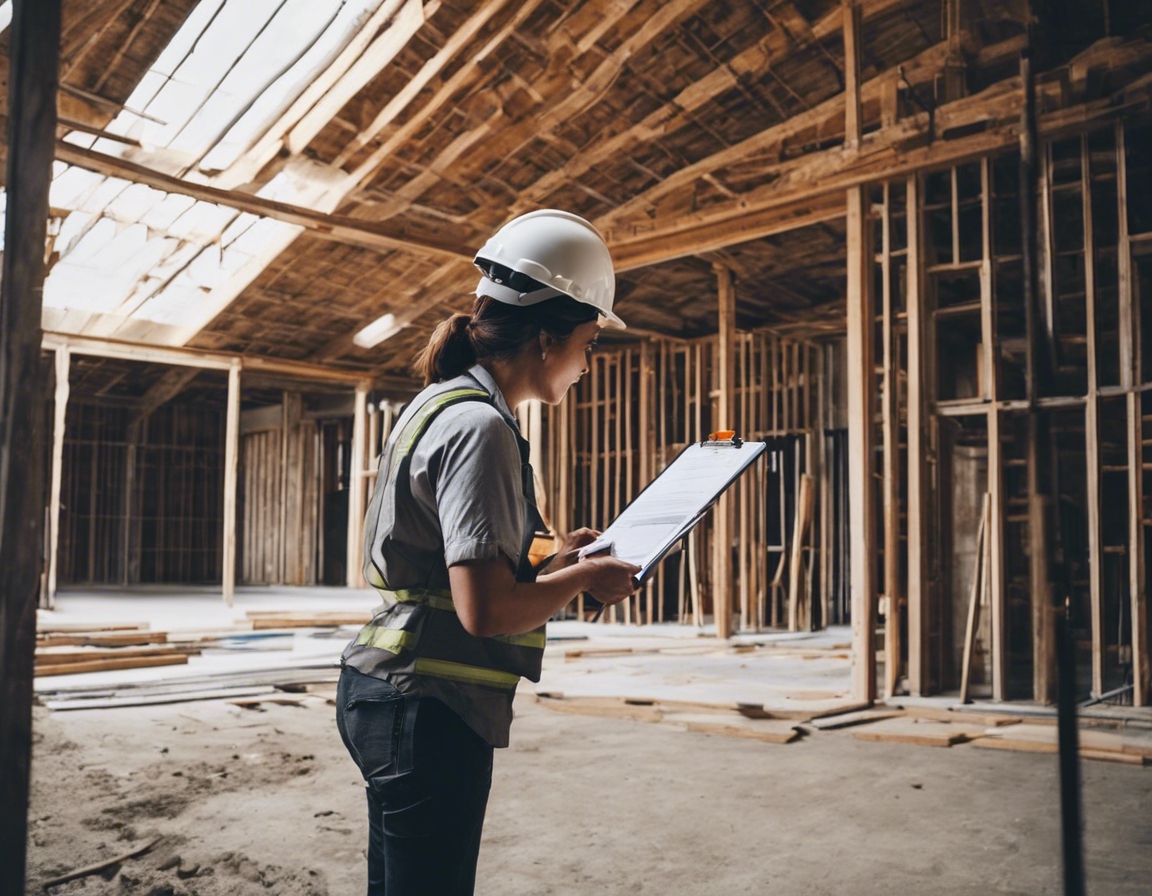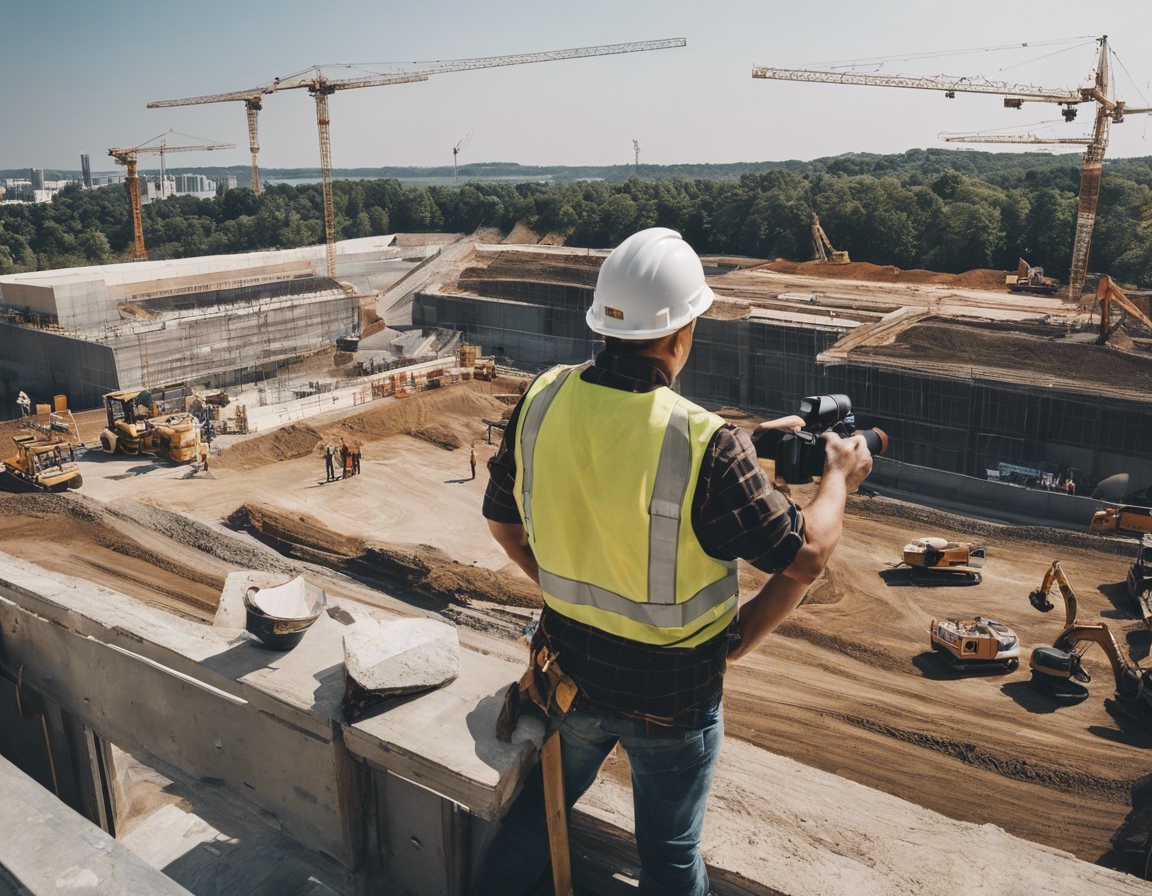Navigating building permits: a step-by-step guide
Building permits are a crucial aspect of construction projects, ensuring that structures are safe, compliant, and in harmony with community standards. They serve as a legal authorization to start construction, alteration, or demolition. Without the proper permits, property owners risk legal penalties, increased costs, and potential safety hazards.
There are various types of building permits, including structural, electrical, plumbing, and mechanical permits. The specific permits required depend on the nature and scope of your project.
Step 1: Preliminary Research
Before applying for a permit, clearly define the scope of your project. Consider the end goals, the necessary work, and any potential challenges that may arise.
Understanding local regulations and zoning laws is essential. These laws dictate what can be built, where it can be built, and how it must be constructed. In Estonia, these regulations are often managed by local municipalities.
Step 2: Preparing Your Application
Documentation may include proof of property ownership, detailed project descriptions, and any previous construction approvals. It's important to compile all required documents to avoid delays.
Professional site plans and blueprints are often required to illustrate your project's design and compliance with building codes. These should be prepared by qualified professionals.
Step 3: Submission and Review
Once your application is complete, submit it to the appropriate local authority. In Estonia, this may be your local city or municipal government's planning department.
After submission, your application will undergo a review process where officials will assess its adherence to local codes and regulations. This process can take several weeks or even months, depending on the complexity of your project.
Step 4: Addressing Feedback and Revisions
Feedback from the reviewing authorities may require you to make changes to your plans. It's important to understand their concerns and how they impact your project.
Revisions should be made in accordance with the feedback received. This may involve re-engaging with architects or engineers to alter your plans.
Step 5: Permit Approval and Post-Approval Process
Once your application is approved, you'll receive your building permit. This document will outline any conditions or limitations associated with your project.
During and after construction, inspections may be required to ensure ongoing compliance with the permit's conditions. It's crucial to adhere to all regulations to maintain the validity of your permit.






Comments (0)